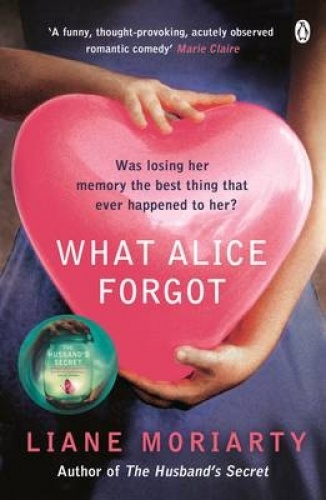
“A man writes to separate himself from the common history. A woman writes to try and join it”
RATING: 5/5
BLURB: “1826, and all of London is in a frenzy. Crowds gather at the gates of the Old Bailey to watch as Frannie Langton, maid to Mr and Mrs Benham, goes on trial for their murder. The testimonies against her are damning – slave, whore, seductress. And they may be the truth. But they are not the whole truth.
For the first time Frannie must tell her story. It begins with a girl learning to read on a plantation in Jamaica, and it ends in a grand house in London, where a beautiful woman waits to be freed.
But through her fevered confessions, one burning question haunts Frannie Langton – could she have murdered the only person she ever loved?”
REVIEW: This novel tells the story of Frannie Langton, a black servant girl accused of the murder of her mistress, Madame Benham. Told mostly in the first person as Frannie recounts her life story and the events leading up to Madame’s death, the writing style is beautifully descriptive and immersive; I really felt the heat of the plantation fields of Jamaica and the sweat and grime of poverty-stricken corners of London. The use of the interjection of the second-person narrative makes us feel even more immersed in the story – the noun of ‘you’ is directed towards Frannie’s lawyer, making it so that we, the reader, are in charge of judging Frannie and the only ones in control of her fate. I absolutely loved this clever little touch, and although its use in the book is relatively sparse, it has a huge impact on the way we read Frannie’s story.
Her story begins when she lives as a house-girl on a plantation in Jamaica, servant to Mr Langton. She is elevated above the other slaves due to her quick talent for learning. She reads avidly and can also write, and thereby is duped into helping Langton with cruel and secretive experiments concerning the biological make up of slaves. Frances is likeable and empathetic, and also an admirable character. She remains strong and keeps her own character despite everything that conspires to bring her down. Frances is devastated when Langton takes her to London only to give her away as a ‘gift’ to George Benham, an intellectual man who is trying to impress. Once again Frances becomes a scribe, and this time is also expected to spy on Benham’s enigmatic and maudlin wife, known as Madame. The friendship that blossoms between the two women as Frances becomes Madame’s maid is both heartwarming and believable, as is the love affair that then develops between the two of them.
The relating of Frances’ tale is punctuated by witness testimonies being given at her trial, and entries from the diaries of George Benham. This variety of narratives gives the story a multitude of layers and makes it even more absorbing. The character of Frannie herself reminded me almost of the Creature in ‘Frankenstein’ – one of the novels she reads in the book – she is made what she considers to be a monster through circumstance, not due to her own fault or character. The novel is full of constant twists and turns and, although making the reader undeniably angry, is an absolute joy to read from beginning to end. I would highly recommend it.














